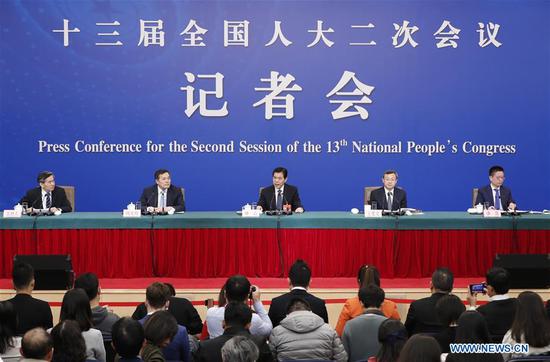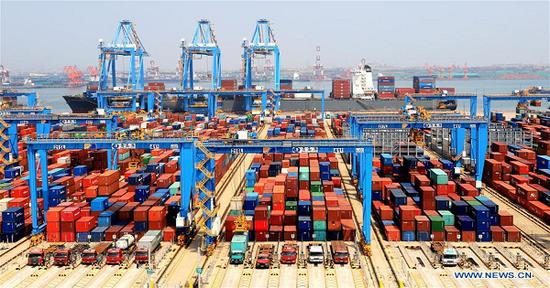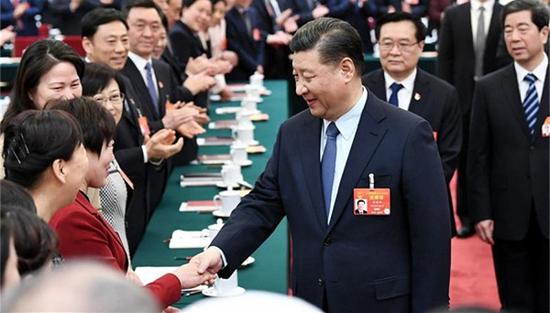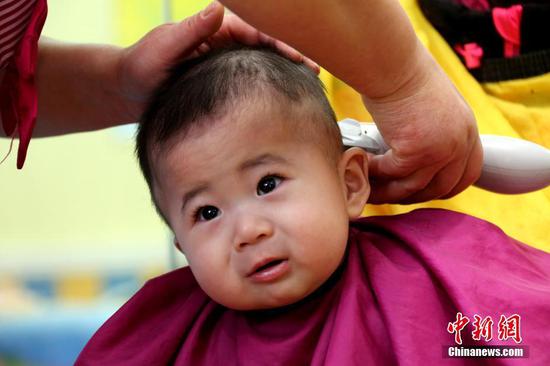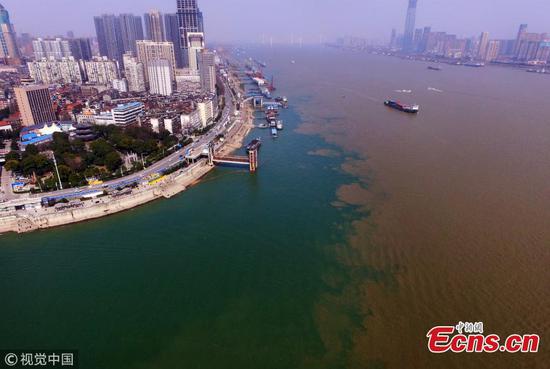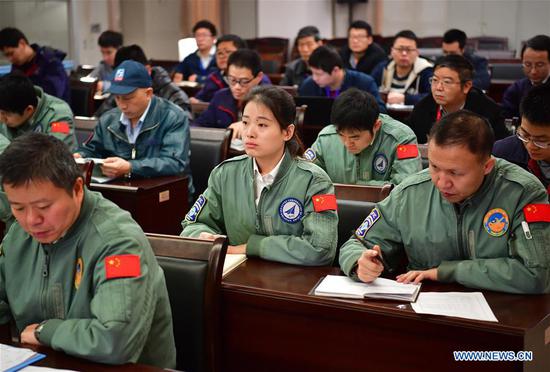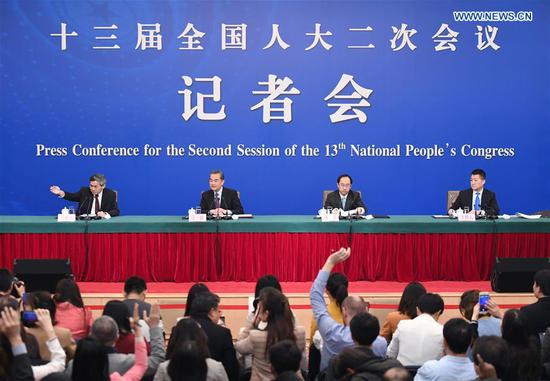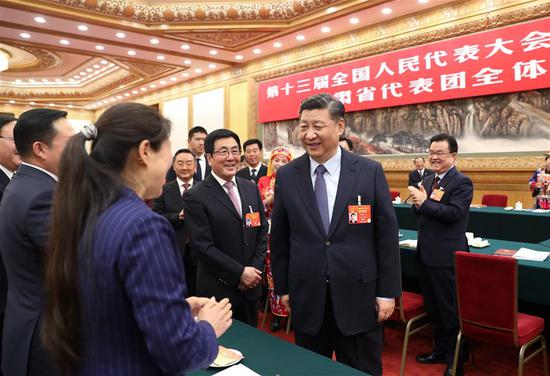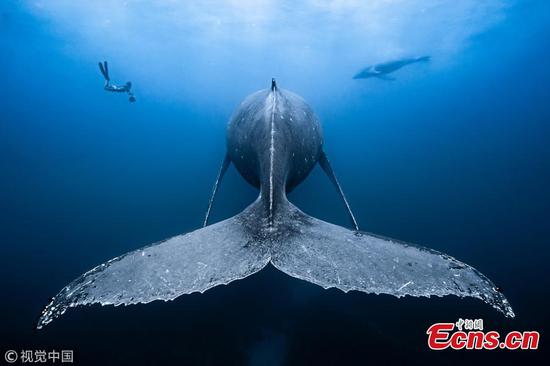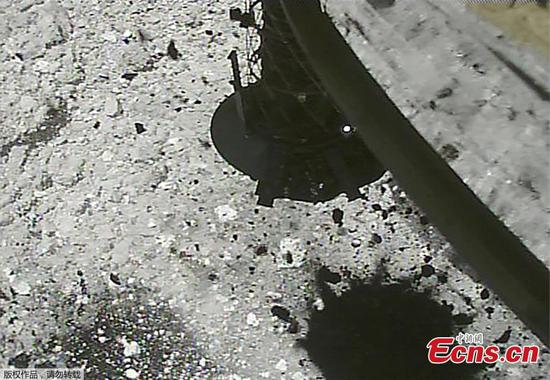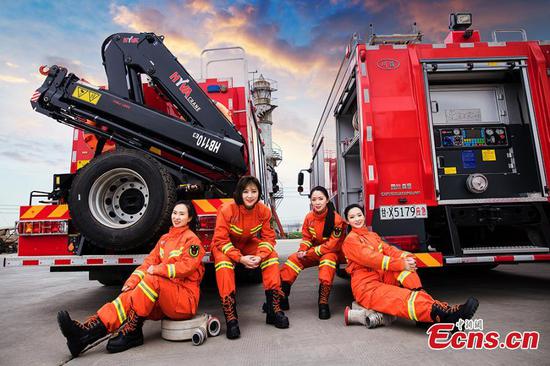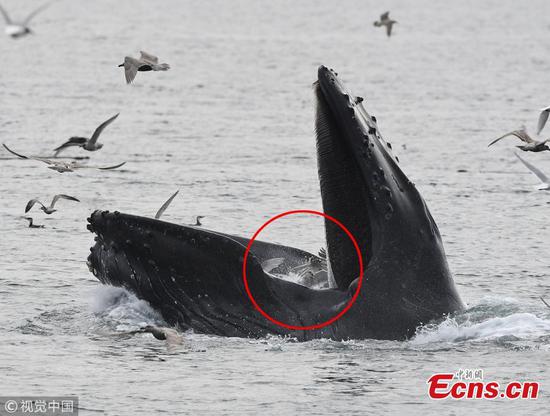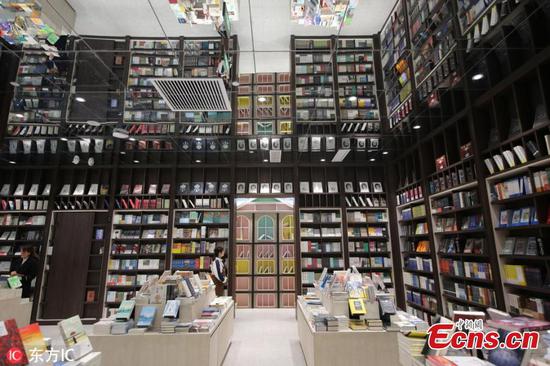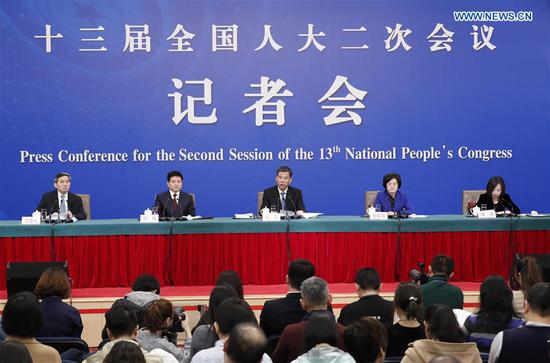Disposable fashion is a big polluter
The apparel industry is one of the most energy intensive and polluting industries in the world. A garment affects the environment throughout its life cycle starting from cotton farming, manufacturing, retailing to disposal.
Textile production emits more greenhouse gases than all international flights and maritime shipping combined, while releasing plastic microfibers equivalent to more than 50 billion plastic bottles into the ocean every year, according to the Ellen MacArthur Foundation.
Textile dyeing and finishing contribute to 17-20 percent of all industrial water pollution, said the World Health Organization. And official data from the Ministry of Environmental Protection show that the fashion industry is the third largest discharger of wastewater in China.
As a global manufacturing center, China has already borne the brunt of environmental hazards caused by fast fashion. Now a rapidly growing consumer market, the country is suffering from further pollution from textile waste that sit in landfills.
According to the China Association of Circular Economy (CACE), the country throws away around 26 million tons of clothes each year, with less than one percent recycled.
Currently, the vast majority of discarded clothing is buried or burned, because the synthetic materials used to make them are hard to break down, said Professor Wang Huaping from Donghua University. However, landfilling takes up too much land and burning pollutes the air, making these methods unsustainable, he said.
The most commonly used fiber in clothing, polyester, takes more than 200 years to decompose, which will then release greenhouse gases like carbon dioxide and methane into the atmosphere.
What to do with unwanted clothes is not only a headache for the consumer, however. Retailers worldwide are also looking for ways to address the issue – and make consumers feel better about their purchases. Some big fashion chains have launched in-store recycling programs allowing customers to bring in worn clothes, sometimes in exchange for discount vouchers.
It is essentially the same thing that recycling companies in China are doing – sorting, disassembling and sterilizing the textiles for reuse. The understanding is that recycling clothes for any purpose, such as turning them into cleaning mops and insulation materials, prolongs the fabric's lifespan and helps the environment.
Hundred-billion business
Experts believe that a regulated recycling industry that creates jobs and profits is the most practical way to alleviate some of the negative impacts from the apparel industry.
"Recycling and reusing discarded textiles is not only environmental protection work, it is also a new market which will generate an industry worth hundreds of billions of yuan," said Jiang Shicheng, a fellow at the Chinese Academy of Engineering (CAE).
Jiang said researchers at CAE are focusing on improving the recycling system for synthetic fiber, which is responsible for the majority of discarded clothes gone to waste.
Besides technological upgrades, setting national standards for textile recycling is necessary for ensuing proper sanitation and quality of the output, suggested the Alliance for Waste Textiles Comprehensive Utilization Industry for CACE.
All of that, of course, is not going to happen overnight. But an incentive-based model is already producing results.
In 2018, Alibaba's second-hand trading platform Xianyu, which offers users a clothing recycling service, recycled 8,438 tons of used clothes, reducing 30,000 tons of carbon emission or the equivalent of removing 10,000 cars off China's roads for a year. The recycling program also allows users to participate in an online green scheme to save energy and plant real trees.
When effectively done, clothing recycling can be an ethical way to get more out of our old clothes and regretted purchases. Instead of falsely advertising themselves as charities, businesses have the chance to do real public good, and that includes charity.
As for protecting the environment, neither recycling nor giving to charity could justify the current rate of clothing consumption.
A better solution? Buy less.









